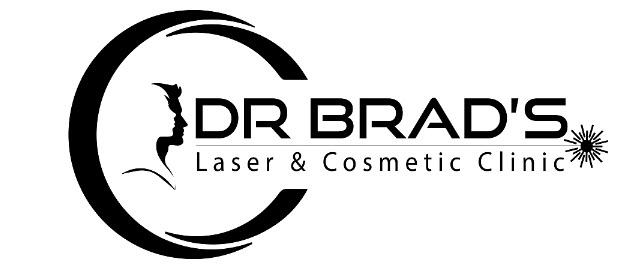Ear wax, or cerumen, is a natural substance produced by the body to clean and protect the ear canal. However, many people experience abnormal ear wax production, leading to uncomfortable blockages and various auditory issues. Understanding the factors that contribute to excessive ear wax can help you manage your ear health better.
One primary cause of abnormal ear wax production is the anatomical structure of the ear canal. Some individuals naturally have narrower or hairier ear canals, which can create an environment conducive to ear wax build-up. If you find yourself consistently dealing with discomfort or hearing loss, the shape of your ear might be playing a significant role. Many people like John, who experienced recurrent ear issues due to his unique ear canal structure, have found immense relief after seeking professional treatment. They are often astonished at how a simple procedure can resolve months, sometimes even years, of discomfort.
Another factor that contributes to this problem is age. As we get older, the glands in our ears may become less efficient at producing ear wax. In some cases, the ear wax becomes drier and harder, making it more difficult for the body to expel it naturally. For older adults, this can lead to a higher incidence of blockages, making regular check-ups essential.
Certain lifestyle choices can also precipitate abnormal ear wax conditions. For instance, individuals who frequently use earbuds or headphones may inadvertently push ear wax deeper into the ear canal. This can result in impaction and blockages, turning a simple wax production issue into a more complicated auditory problem. In today's tech-savvy world, many people relate to Emily, who loved listening to podcasts daily. However, she quickly learned the consequences of her earbud habit when she faced a significant build-up. After visiting Dr Brad, her story became one of liberation from discomfort instead.
Moreover, the frequency of cleaning and self-care practices can exacerbate ear wax issues. Overzealous attempts to clean the ear using cotton swabs can lead to pushing wax deeper into the canal. Instead of helping, these cleaning practices can worsen the situation, leading to more significant issues down the line. Dr Brad often emphasizes that the ear is a self-cleaning organ, and unless there’s excessive wax blocking the canal, minimal intervention is usually sufficient.
It’s not just our habits but also environmental factors that can contribute to abnormal ear wax production. For example, exposure to a dusty environment, allergens, or even frequent swimming can lead to more wax accumulation. Swimmers, in particular, often face unique challenges; water can mix with the ear wax, making it clumpier and harder to eliminate naturally. Many swimmers have shared stories of persistent ear discomfort and how they sought out specialized assistance to maintain their ear health.
Genetics can also play a role in the characteristics of ear wax. Surprisingly, there are different types of ear wax—dry and wet—and your genetic predisposition determines which type you produce. Individuals from diverse backgrounds can experience varying compositions of ear wax, with some producing it abundantly while others produce very little. This genetic factor means that if your family members frequently struggle with ear wax build-up, chances are you might too.
Understanding the triggers that lead to excessive ear wax production equips you to take preventive measures. Regular ear check-ups with a trained professional, like Dr Brad, can help you stay on top of any potential issues. For those in Bristol, it's particularly advantageous to take advantage of ear wax removal services in your area that focus on microsuction techniques—considered the safest and most effective form of ear wax removal. With Dr Brad’s expertise, you can expect to experience not just the relief but the return of clearer hearing.
One common concern is the myth surrounding ear candling. Many people seek out this treatment under the assumption that it’s a natural solution for ear wax issues; however, it can be harmful and ineffective. Dr Brad never recommends ear candling, rather opting for safe, scientifically-backed methods like microsuction. This procedure is gentle yet highly effective at removing blockages without risking damage to the ear canal or eardrum.
Personal experiences often shed light on the importance of professional assistance. Many patients have shared their relief after a simple visit. Take the case of Sarah, who stubbornly avoided seeing a doctor even after facing persistent discomfort and reduced hearing. Once she finally decided to visit Dr Brad, she was amazed at how quickly her issue was resolved. After the session, Sarah exclaimed that her world was “bright and clear” once again.
Abnormal ear wax production can stem from various causes—from anatomical factors and lifestyle habits right through to genetics and environmental influences. Understanding these causes empowers you to take action and seek the correct treatment before the wax build-up transforms into a more significant problem.
It is always advisable to consult with a healthcare professional regarding ear-related concerns. As this article does not constitute medical advice, please book with Dr Brad for a formal opinion. You deserve to hear life’s beautiful sounds clearly and comfortably!
